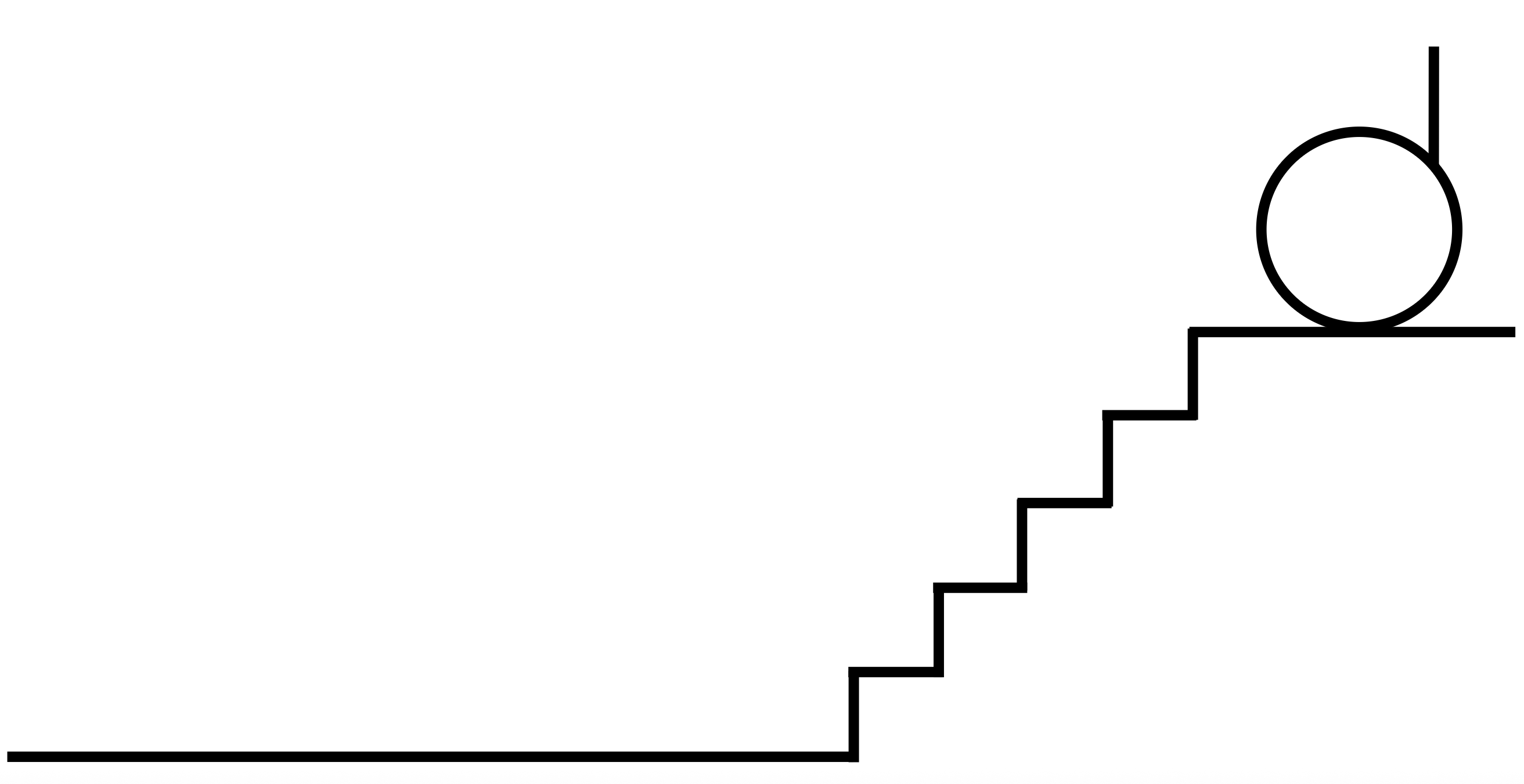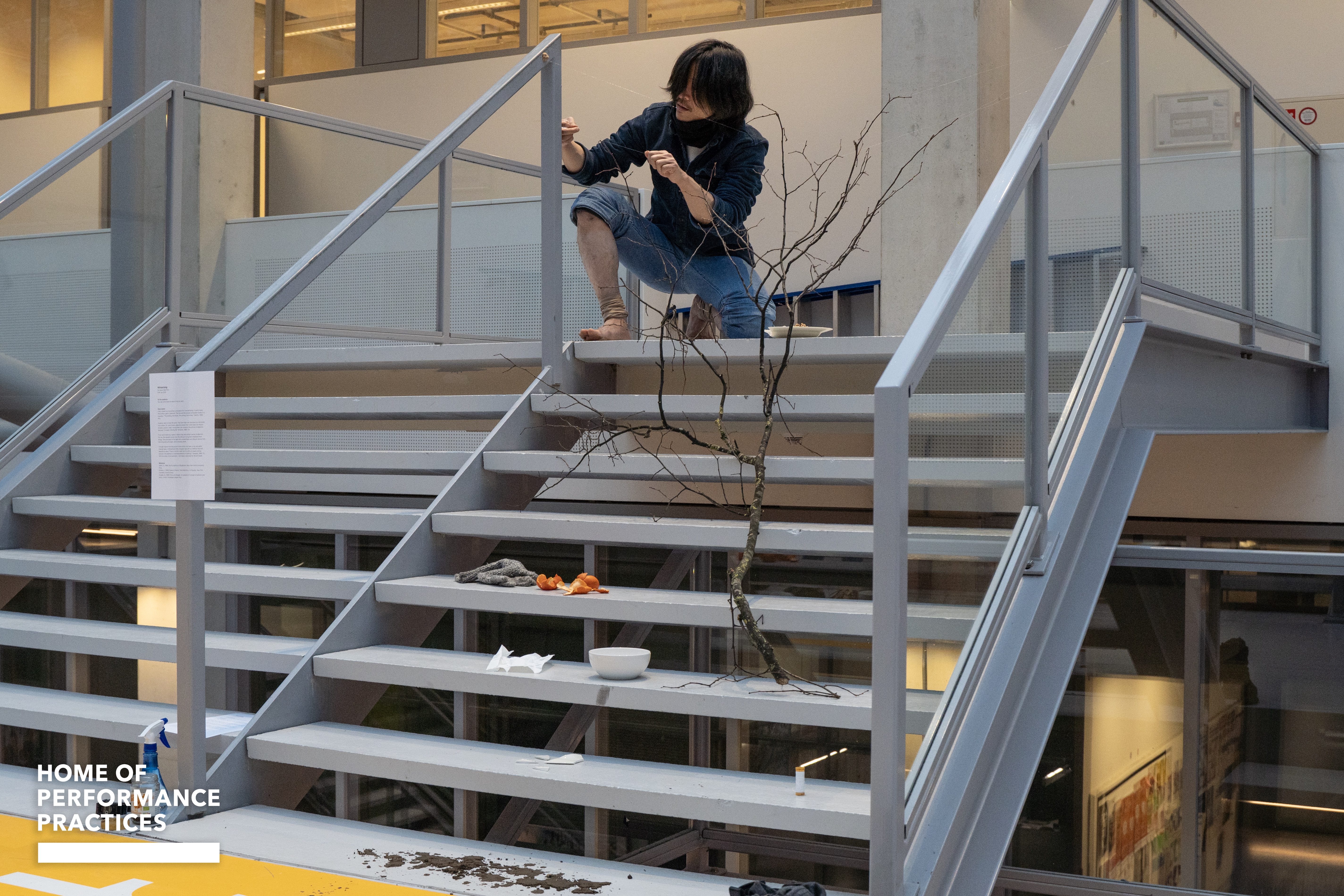Bodies in Dissent
During this module, I learned about a transgressing body. A body that opposes. A body that questions. To place, time, or conventions... My doubt was this: "Why should I transgress something?". I am a very gentle and obedient person. I did not want to disobey anything. However, I had to transgress something (if I follow the process of this module). Thus, for performance of this module, a first plan I had was placing a wheelchair in front of a stairway of a main corridor of my school building.

However, Andrea Pagnes, my lecturer and mentor, expressed his concern about my plan because I have no relation to people who need wheelchairs. I was also understanding it and so worrying about that they would be offended. But is the subject of this module transgression? I wanted to know how could I intervene issues drawing my attention seriously yet having no direct relations with me, so I insisted that my intention is not about a right of transportation or accessibility, rather differences in the kinetic sense underlying the line and the circle by this juxtaposition. Andrea recommended me to approach my plan very carefully, and asked:
"What's your title?"
At the moment, although it was not first time to think about it, I realised I could not and should not be a leading part of representing what I do not belong to, unless I am ready to commit my life to it. If not, my role would be that sending my support to values I believe are important. Thus, I withdrew the first plan and decided to express about what I saw and felt directly through my body during this winter.
Winterising
Performance by Do Hyeon Bak Woo, produced by HOME OF PERFORMANCE PRACTICES. All Photos by Steef Kersbergen.

The following is a description I prepared for my audience.
Winterising
Do Hyeon Bak Woo
22nd Jan 2025
To the audience
You can come closer to watch it as you want.
Description
Life is closer to a fractal than a circulation for a mortal being. It starts newly from other’s path or dead end. The new and the old are connected in a causality. “This existing, that exists; This arising, that arises.” (Gethin, 1998, 141)
However, they are never the same. They have their boundary as individuals from others. For Julia Kristeva, abjection arises from “what does not respect borders, position, rules.” Among them, the corpse is the utmost of abjection, because “It is death infecting life.” (Kristeva, 1980, 13)
If her word is true, ‘quietus’ objects may also evoke a sense of abjection. For me, the repulsion comes from the unknown living that inhabited those things. The association of the dead with uncleanliness and disgust derives from the living eating the dead. It is life infecting life, and even death.
I brought objects from the ground in this winter into here, a tidy and easily cleaned space. Anthropologist Mary Douglas says dirt is a relative idea that depends on position. “Food is not dirty itself, but it is dirty to leave cooking utensils in the bedroom, or food bespattered on clothing.” (Douglas, 1966, 37) With the encroachment, I will make a memorial for life and death.
Bibliography
Gethin, R. (1998) The Foundations of Buddhism. New York: Oxford University Press. 141.
Kristeva, J. (1980) Powers of Horror. Translated by L. S. Roudiez. New York: Columbia University Press. 13.
Douglas, M. (1966) Purity and Danger: An analysis of concept of pollution and taboo. London: Routledge & Kegan Paul. 37.
Top